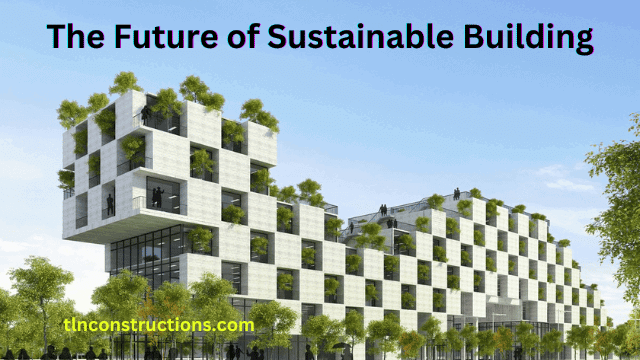As the world becomes increasingly conscious of the impact of construction on the environment, sustainable building practices are gaining traction. From eco-friendly materials to energy-efficient technologies, the industry is rapidly evolving to create a more sustainable future. In this blog post, we will explore the latest sustainable building trends that are transforming the construction industry.
Sustainable Building Trends to Watch
- Passive Design: Passive design involves creating buildings that use natural resources, such as sunlight and wind, to reduce energy consumption. This approach includes features such as large windows, natural ventilation, and building orientation to maximize energy efficiency.
- Green Materials: The use of sustainable building materials is becoming increasingly popular. These materials include bamboo, reclaimed wood, and recycled materials such as glass and metal. Not only do these materials reduce environmental impact, but they also provide a unique aesthetic appeal.
- Net-Zero Energy Buildings: Net-zero energy buildings produce as much energy as they consume, making them highly energy-efficient. This is achieved through a combination of energy-efficient design and renewable energy sources such as solar panels.
- Smart Technology: The integration of smart technology into sustainable building design is becoming more prevalent. Features such as smart lighting, HVAC systems, and building automation can help reduce energy consumption and improve building performance.
- Biophilic Design: Biophilic design incorporates natural elements, such as plants and water features, into building design to improve occupant well-being. This approach has been shown to improve productivity, reduce stress, and promote a sense of calm.
FAQs
Q: What is sustainable building? A: Sustainable building involves using eco-friendly materials and energy-efficient technologies to reduce environmental impact.
Q: Why is sustainable building important? A: Sustainable building is important because it helps reduce the environmental impact of construction and promotes a more sustainable future.
Q: What are some examples of sustainable building materials? A: Examples of sustainable building materials include bamboo, reclaimed wood, and recycled materials such as glass and metal.
Conclusion
The future of sustainable building looks promising, with a range of eco-friendly materials and technologies transforming the construction industry. From passive design to smart technology, the industry is rapidly evolving to create buildings that are both aesthetically pleasing and environmentally sustainable. As the world continues to prioritize sustainability, we can expect to see more innovative approaches to sustainable building in the years to come.
